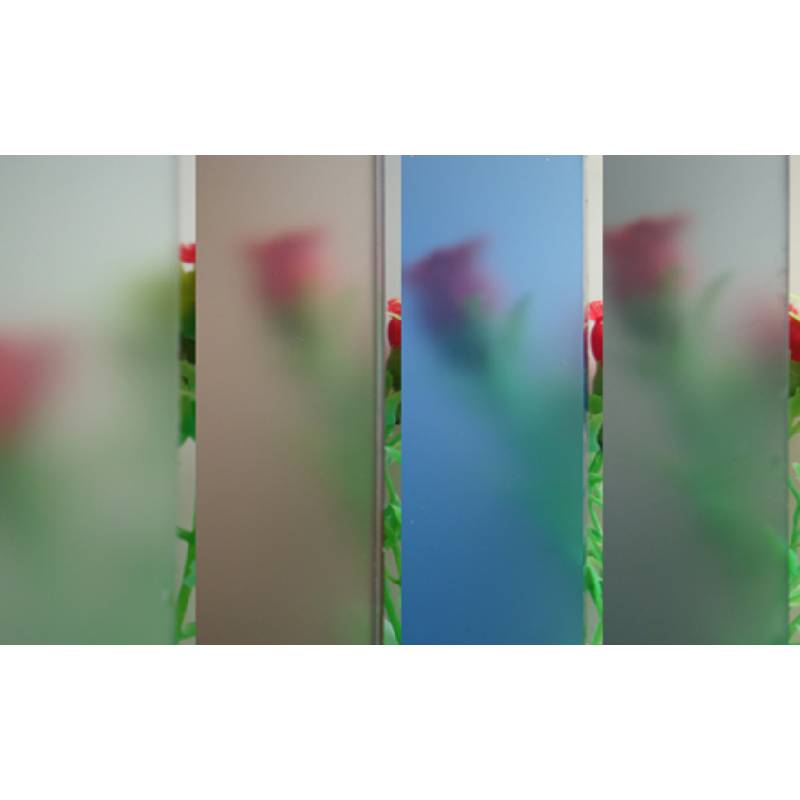

The Allure of Mirrored Glass Windows
In the world of architecture and design, few elements capture the imagination and provoke discussion quite like mirrored glass windows. These reflective surfaces are more than mere functional components; they are architectural statements that redefine the interaction between a building and its environment. This article explores the aesthetic, practical, and environmental implications of mirrored glass windows, revealing why they have become a hallmark of contemporary design.
Aesthetic Appeal
At first glance, mirrored glass windows evoke a sense of elegance and sophistication. Their sleek, reflective surfaces can transform the appearance of buildings, allowing them to blend harmoniously with their surroundings. In urban environments, mirrored glass can create a stunning visual effect, reflecting the skyline, trees, and sky, thereby making the structure an integral part of the landscape.
Moreover, mirrored glass offers architects the opportunity to play with light and shadow. The interplay of reflections can create dynamic visual narratives as the external environment shifts with the time of day. During sunrise and sunset, for example, the windows can mirror the stunning hues of the sky, turning a simple building into an ever-changing work of art.
Practical Considerations
Beyond aesthetic value, mirrored glass windows provide several practical advantages. One of the most significant benefits is energy efficiency. Modern mirrored glass is often designed to reflect solar radiation, reducing the heat absorbed by buildings. This property can significantly lower energy consumption, as less air conditioning is needed during hot months.
Additionally, mirrored glass windows enhance privacy without compromising natural light. In densely populated areas, residents can enjoy the view outside without revealing their activities within. This feature is particularly appealing for high-rise apartments and commercial buildings, where visibility can be a concern.
From a maintenance perspective, mirrored glass is relatively easy to clean and maintain. Its smooth surface resists dust and grime accumulation, making it easier for property managers to keep buildings looking pristine. This factor is crucial in urban settings, where pollution can quickly dull the sheen of traditional glass surfaces.

Environmental Impact
As society becomes increasingly aware of environmental issues, the role of mirrored glass in sustainable design cannot be overlooked. When employed correctly, these windows can contribute to the overall sustainability of a building. By utilizing energy-efficient coatings and integrating them into smart building designs, architects can significantly reduce a building’s carbon footprint.
Moreover, the reflective quality of mirrored glass can help regulate indoor temperatures, thereby reducing reliance on artificial heating and cooling systems. This not only saves energy but also promotes a healthier indoor environment. Pairing mirrored glass with other eco-friendly technologies, such as solar panels and green roofs, can create a holistic approach to sustainable architecture.
Challenges and Criticisms
Despite their many advantages, mirrored glass windows are not without their challenges. One of the most notable criticisms is the potential for bird strikes. Reflective surfaces can confuse birds navigating through urban areas, leading to collisions. However, there are ongoing efforts within the architectural community to design glass systems that mitigate this issue, such as incorporating patterns or markings that help birds recognize the glass surface.
Furthermore, while mirrored glass offers privacy, it can also create a sense of detachment from the outside world. Some designers argue that an excessive use of reflective surfaces can lead to buildings that feel cold and uninviting. Balancing the reflective qualities with materials that foster warmth and connection to the community is an ongoing dialogue among architects.
Conclusion
Mirrored glass windows are a fascinating element of modern architecture, embodying a blend of beauty, functionality, and sustainability. Their allure is undeniable, offering a contemporary aesthetic that enhances both urban and natural environments. As we continue to innovate and address the challenges associated with their use, mirrored glass windows will undoubtedly remain an iconic component of architectural design for years to come. The reflective elegance they provide serves as a constant reminder of the intricate relationship between our built spaces and the world around us.